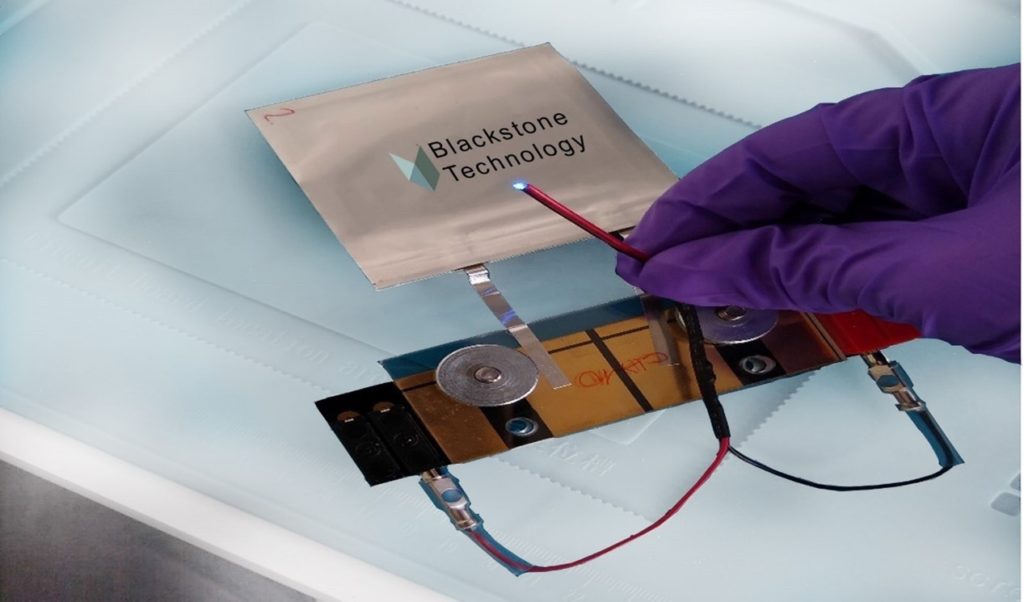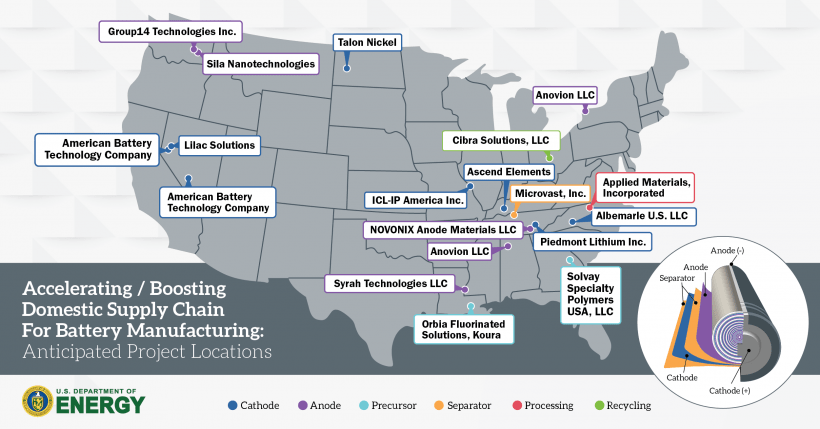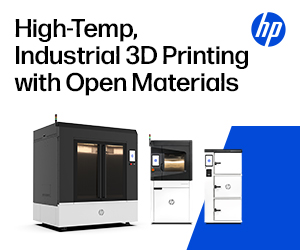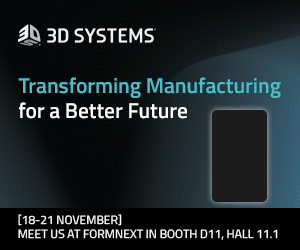In the Biden administration’s latest show of support for additive manufacturing (AM) and advanced manufacturing, the Department of Energy (DOE) announced the first round of grants for domestic manufacturing of electric vehicle (EV) batteries from the Bipartisan Infrastructure Law. Awarded to 20 companies and totaling $2.8 billion, the funds will go towards mining, manufacturing, and recycling projects that are worth over $9 billion, and span six different segments of the EV battery supply chain.
In a DOE statement about the funding for domestic EV battery production, the US Secretary of Energy, Jennifer M. Granholm, commented, “This is truly a remarkable time for manufacturing in America, as President Biden’s Agenda and historic investments supercharge the private sector to ensure our clean energy future is American-made. Producing advanced batteries and components here at home will accelerate the transition away from fossil fuels to meet the strong demand for electric vehicles, creating more good-paying jobs across the country.”

The purpose of the project is essentially summarized in this key point from the press statement: “Currently, virtually all lithium, graphite, battery-grade nickel, electrolyte salt, electrode binder, and iron phosphate cathode material are produced abroad, and China controls the supply chains for many of these key inputs.”

As was pointed out by — somewhat surprisingly — Senator Lindsey Graham, the US will never be able to rely entirely on domestic battery production. That was at another EV-related event marking BMW’s $1.7 billion investment in South Carolina (making it less surprising that Lindsey Graham would speak supportively of renewable energy). That investment is both the largest single investment in BMW’s history, as well as the largest single capital investment in the history of South Carolina.
Graham also referred to batteries as “the new oil”, and vowed that South Carolina would “become the Detroit of batteries”. Finally, amid promising to have an EV battery hearing if the GOP wins control of the Senate next month, Graham suggested that the US should “sit down” with Chinese battery manufacturers to revise the Biden administration’s $7,500 EV tax credit, to make it a “win-win” for the industries of both China and the US.
According to another Reuters article about the same event, BMW representatives mentioned that Automotive Energy Supply Corporation (AESC), a division of Chinese renewable energy company Envision, would also be building an EV battery plant in South Carolina. And, BMW Group Chairman Oliver Zipse told Reuters that the US should revise the EV tax credit to make it “not completely unrealistic”. Currently, the tax credit will disallow batteries with Chinese components after 2023.
Therefore, despite the seemingly zero-tolerance policy on China, that tough line is likely just a starting point for negotiations, and a US-Germany-China EV battery supply chain sounds like it has potential. At the same time, spreading investment across multiple parts of the supply chain, to companies all over the country, serves as an insurance policy for the American auto industry. And the quantity of materials involved is substantial. For instance, the quickly-rising AM materials company 6K Inc., backed by the Kochs, received one of the smallest grants at $50 million in this round of funding, and its project still entails developing the capacity to produce 10,000 tons per year of NMC811 and lithium iron phosphate metal powders by 2026.
With $4.2 billion remaining to be spent just on further funding rounds for this same market, it’s becoming less difficult to envision how the scale-up of US advanced manufacturing can happen as quickly as it needs to. Of course, all decision-makers involved likely do need to be willing to be less unrealistic, in general, for that to happen.
Subscribe to Our Email Newsletter
Stay up-to-date on all the latest news from the 3D printing industry and receive information and offers from third party vendors.
Print Services
Upload your 3D Models and get them printed quickly and efficiently.
You May Also Like
Killer 3D Printing Applications: Car Seating
Bicycle seats are a 3D printing success story. Often made using Carbon’s technology, high-end road bike saddles are now on offer from most premium bike saddle brands. Retailing for over...
3D Printing News Briefs, November 22, 2025: Rebranding, Integration, Electronic Eyes, & More
We’ll start with a new software tool from AON3D in today’s 3D Printing News Briefs, and then we’ve got a lot of business, from Conflux Technology and Prima Additive to...
Formnext 2025: New Metal PBF 3D Printer, Serial Production Applications, & More
It’s Day 2 of Formnext 2025, where over 800 exhibitors from around the world have converged in Frankfurt for Europe’s premier additive manufacturing (AM) trade show. From exciting new printers...
Filtration System, AI-Driven Software, Photogrammetry, & More at Formnext 2025
Europe’s premier AM industry trade show, Formnext, began today in Frankfurt, Germany. From 3D printers to post-processing and more, we’re here to make sure you don’t miss a single announcement from...































